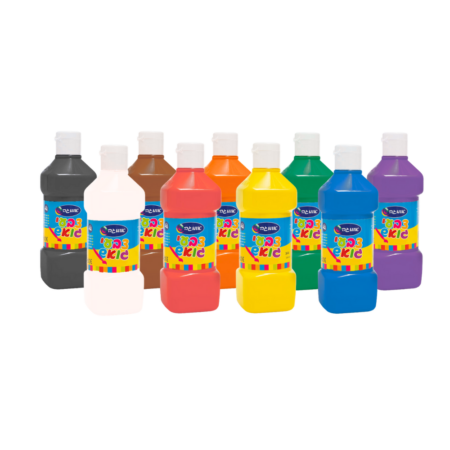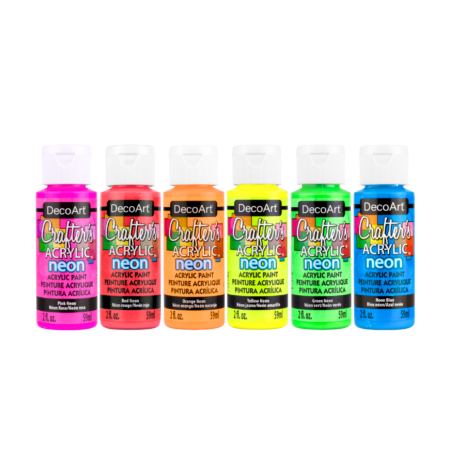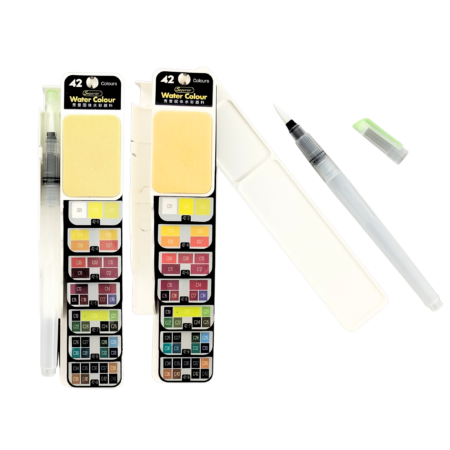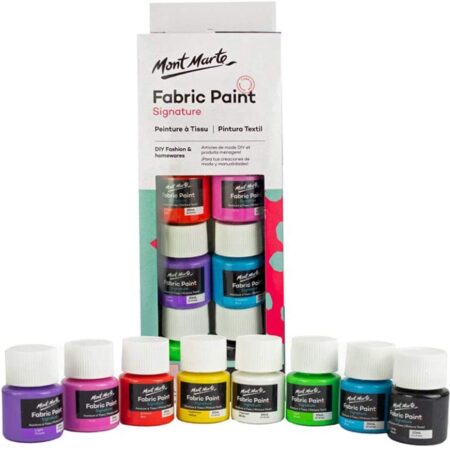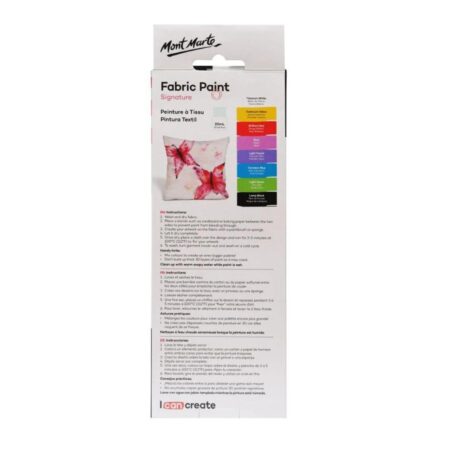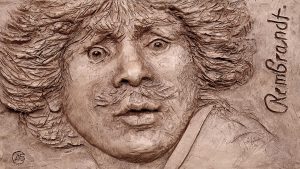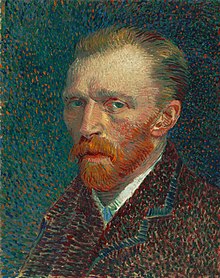Black color may have the longest history of all art colors. Charcoal, soot and charred skin were used in the first prehistoric cave paintings. Black is the darkest color that does not reflect light to the eye and is not characterized by the wavelength and frequency of light. The more a pigment absorbs light and does not reflect it back to the eye, the "blacker it will appear". There are pure black pigments and in addition you can get a black shade as a result of combining the three primary colors. Absolute black, like absolute white, does not exist in our world, they will always have additional shades.
Meanings of black color
Black is a combination of all colors together, it is a symbol of the unknown. Black is also an official color that can symbolize elegance, power, sexuality, seduction and mystery.
In the Western world, the color black often evokes negative connotations, for example: the term "black day" is used when a sad or tragic event occurs on the same day. The reason black is associated with darkness, gloom and evil is the fact that black is the color of darkness, from which the ancients were afraid (as opposed to the bright white that symbolizes light). As a result, the color black is associated with death, dark forces, the occult and the supernatural, and the forces of evil.
Pigments of black color
black lamp Pigment PBk6.
A cold and powerful blue-black shade, in the past it was created from sooty residues collected from oil lamps, but today it is produced from burning gas or oil. Lamp black is very strong and stands out in the mix. Mixing with white will give a cold gray shade.
Carbon black. Pigment PBk7.
Today, carbon black (carbon) is produced by burning coal, but it is traditionally formed from charred branches, as in coal production. The tint is usually very opaque and has a high tint strength due to the small and dense pigment particles. Useful for a neutral black hue.
Ivory black. Pigment PBk9.
A warm, semi-transparent black-brown shade, it was originally made from charred ivory, hence its name. Having a lower shade strength than the other black pigments, allows for great control when mixing as it is both transparent and nuanced in color warmth. It often has a yellow or brown tint that can be seen in the glaze and mixed with white. The best use is for mixing to create warm silver grays with whites or golden tones together with yellow color.
black march Pigment PBk11.
An opaque black shade, different from all the above black pigments because it is not carbon based. Made from synthetic iron oxides and developed in the 20th century as an alternative to natural pigments. Dries faster and has a more matte shade than Lamp Black and Ivory Black. Has excellent coverage and is useful for a black background color.
Black color in art - useful tips for painters
In art, when you decide to add black color to the color palette, it is important to know how you want the black color to function… color on its own? Darken other colors? Or maybe mix and get a shade of gray?
As a general rule, you can completely avoid black color in a painting, because it usually makes the painting very dirty and darkens the palette. When we want to create a shadow we will not use the black color itself but will use a complementary color (for a more natural shadow look) of the object color. At the same time, the use of the color black causes a very clear demarcation and highlights the other colors. It is possible to use a black shade in the finishing stages to emphasize certain elements or to incorporate it into the painting if you want to create a black background.
Famous works in which black color stars

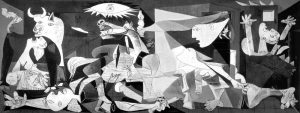
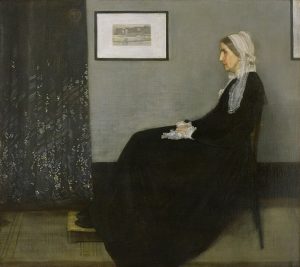
Colors - explanation, meanings and tips:
red | yellow | blue | white | black | green | orange | pink | purple | Heat | gray | Gold | Of money | bronze


